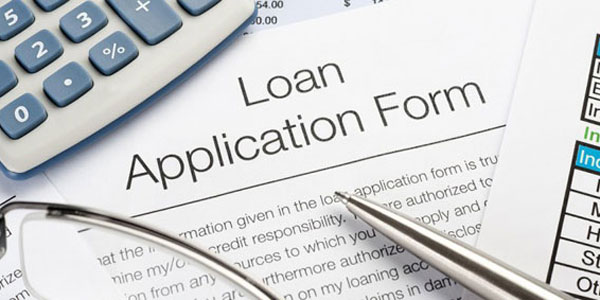Student loans and taxes are an unlikely pair, but your student loan interest payments may be tax deductible. Although you can’t claim a student loan itself on your tax return, you are able to deduct some or all of the interest that you paid for various items such as tuition, room and board, supplies, and books – up to a certain amount each year. So, how much student loan interest can I deduct and get a tax credit for?
For example, even if you do not itemize, you could reduce your taxable income by up to $2,500 if you qualify for the student loan interest deduction. This deduction is typically reported on IRS Form 1098-E. If you paid $600 or more in interest for the year, you will typically receive this form in the mail by early February.
But even if you don’t receive the form directly from Uncle Sam or your loan servicer, you can still claim the student loan interest deduction if you paid less than $600 in yearly student loan interest and you otherwise qualify based on the IRS’s criteria. Let’s find out how you can claim a student loan tax credit and increase your tax refund.

How Do You Qualify To Deduct Your Student Loan Interest?
In order to be qualified to deduct your student loan interest, there are a few factors that must be met. These include the following:
- The student loan must be in your name, or in your spouse’s name, if you are filing your taxes jointly. This is the case, even if another person paid the interest. However, if the student loan is in your name, but another individual is claiming you as their dependent, then neither you nor they may deduct the student loan interest.
- The student who uses the loan needs to be enrolled at least half-time in an educational program that leads to a degree or certification.
- The deduction is not available to those who file their taxes as “Married Filing Separately”.
- You cannot be claimed as a dependent by someone else.
What Qualifies as an Actual Student Loan?
According to the IRS (Internal Revenue Service), a qualified student loan is a loan you took out solely to pay qualified education expenses that were:
- For you, your spouse, or a person who was your dependent when you took out the loan;
- Paid or incurred within a reasonable period of time before or after you took out the loan; and
- For education provided during an academic period for an eligible student.
There is also an income qualification for being able to deduct either some or all of your student loan interest. This will vary, depending on your marital status. For example, if you are a single tax filer, you will need to have a modified adjusted gross income (MAGI) of $80,000 or less, and if you are married filing jointly, you will need to have a MAGI of $160,000 or below.
It is important to note that there are some sources that are not considered to be “qualified” student loans. For instance, the interest that you pay back on loans that come from a family member or relative do not qualify for the tax deduction or credit. Neither will the interest on student loans that have come from a qualified employer plan.
How Long Can You Deduct Your Student Loan Interest?
It’s important to claim the interest deduction while you can, because you are only allowed to deduct the interest that is paid on your student loan throughout the remaining time period that you carry a balance.
The deduction can be taken, regardless of whether you’re only making the minimum payments on the loan or if you’re making extra payments – up to the maximum amount of $2,500 in interest.
A factor to take into account, though, is that you don’t want to prolong paying off your student loan in full in order to just take advantage of the deduction each year. This is because, while it’s nice to be able to deduct an amount from your income taxes, it is still much better to pay off your student loan as quickly as you possibly can so you can rid yourself of the debt completely.
Taking the Next Steps
As you prepare to move forward in life, having a large sum of debt right off the bat can slow you down financially. So, being able to get some relief from any viable source can make a big difference.
Paying back student loans can take a fairly hefty bite out of your income. So, it’s good to know that there may be at least some relief available at tax time. If you qualify, you may be able to deduct up to $2,500 of interest per year from your income.
Student Loan Interest Deductions Overview
If you want to bookmark this resource as a reference, here’s an overview of what you need to know about claiming a tax credit for student loan interest payments.
- Maximum Benefit: You can reduce your income subject to tax by up to $2,500.
- Loan Qualifications: Your student loan must have been taken out solely to pay qualified education expenses, and can’t be from a related person or made under a qualified employer plan.
- Student Qualifications: The student with the loans must be you, your spouse, or a dependent who is enrolled at least part-time in a program leading to a degree, certificate, or other recognized educational credential at an eligible institution.
Final Word
When claiming a student loan interest payment as a tax deductible expense, be sure that you qualify based on your tax filing status as well as on the type of student loan that you have. If you don’t receive an IRS Form 1098-E in the mail from the IRS, forms are also available online via the IRS website.
If you’ve met all the qualifications, moving forward can be easy, especially if you use a tax advisor or an online tax filing service that provides you with step-by-step assistance in walking through the process.



